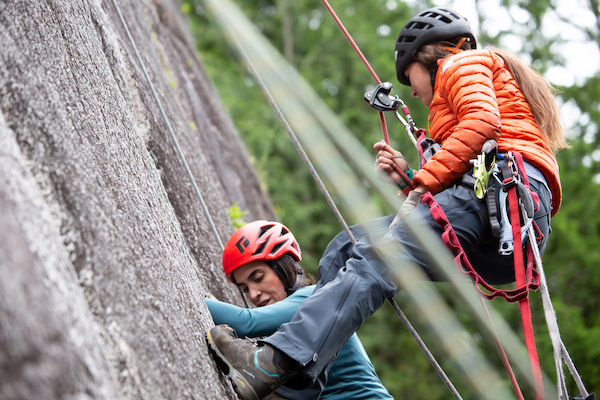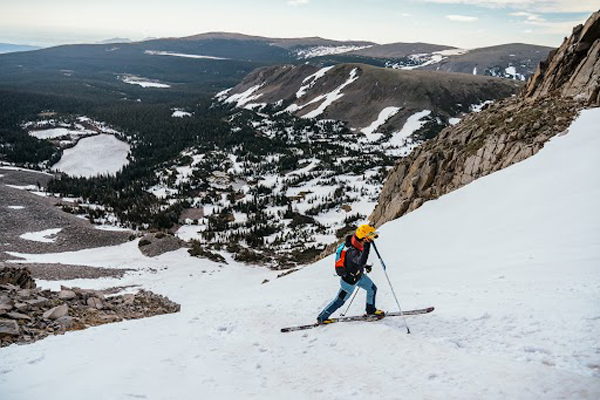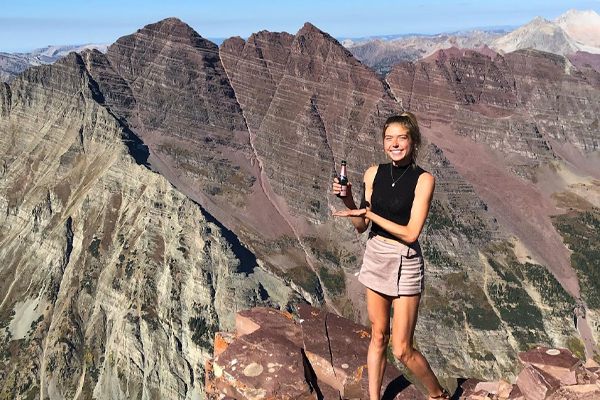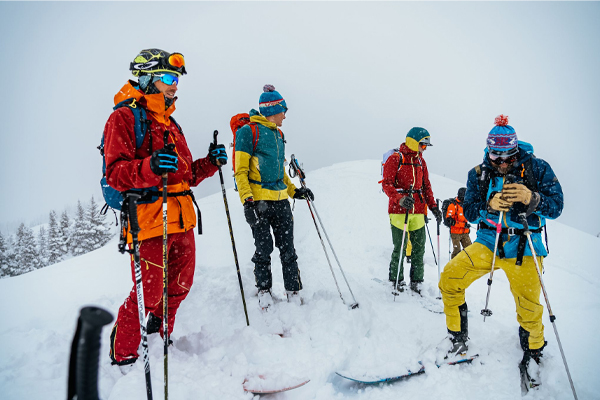The Barkley Marathons with John Kelly

The Barkley Marathons is often in discussions as one of the toughest races in the world. A masochistic event they say, a folly created by a mad man, designed for nothing more than pain, suffering, and humiliation. It’s called a 100 miler, but in reality it’s about 130. This year covered around 67,000 feet of ascent, constantly going up and down steep, rugged terrain covered by briars, rocks, and mountain laurel thickets. The course is mostly off trail and entirely unmarked in deep forests where everything looks the same, followed based on a set of written directions and a route drawn on a map that isn't provided until the day before the race. No electronic devices are allowed, other than a provided bargain bin watch (no GPS). Once runners set off, at a time not known until one hour beforehand, they can face conditions including bitter cold, heavy rain, dense fog, or heat and humidity (or all of the above in the same day). From 1986 up to the start of this year’s race it had only been finished within the 60 hour limit 18 times by 15 people, out of about 1,500 attempts (only 40 can participate each year to limit impact to sensitive ecological areas).
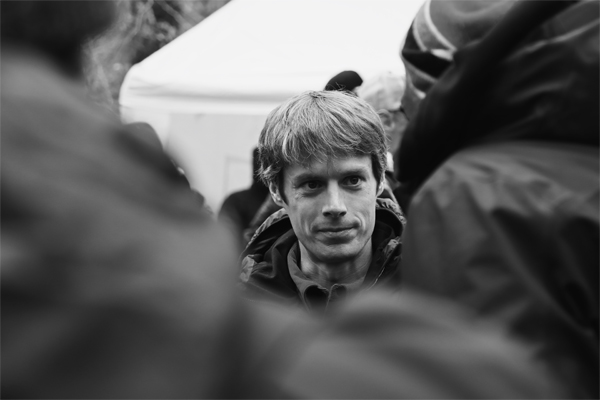
In any case, I think it’s great fun. Type I fun even. I’m no masochist, and with my family responsibilities and career demands there are few things I try to avoid more than wasting time on pointless endeavors. Yes Barkley is tough, but not arbitrarily so. It’s designed for a finish rate of ~1%, a carrot on a stick to make us reach just past our current grasp. Over the years I’ve experienced this myself countless times, and I now welcome that opportunity with the bonus of getting to see, and sometimes help, others push past their limits alongside me.
Barkley takes place in my mountains, in the backwoods corner of east Tennessee where I grew up. When I say “my” mountains, I don’t mean that the mountains belong to me, but more that I belong to them. They have the comfort of home – the terrain bringing memories of care-free exploration as a kid, the engulfing forests providing an impenetrable shelter. This year I got to share those mountains with people from all over the world, including many who have supported me in my own big adventures far from home.
We lined up at the yellow gate at 9:54 AM, a reasonable hour for the start of an adventure that appeared to be on a reasonable course with a reasonable forecast. The first two loops reflected those conditions, with multiple groups up front moving at a speed that would make a finish possible, each group with strong veterans who could help set the pace and prevent any careless navigation mistakes. I was up front with an international team of accomplished athletes across ultrarunning and other events: Albert Herrero Casas (a world rogaining champion), Christophe Nonorgue (world record holder for most elevation gain in 24 hours), and Damian Hall (my good friend / rival during my time in the UK who holds a number of British long distance running records).
We moved well together, swapping out responsibilities for navigation and removing our pages from the books to prove we had completed the course. That might seem like a small thing, but on the second loop when temperatures on the mountains dropped into the single digits Fahrenheit (negative teens Celsius) having momentary reprieves to swap gear and get down calories was a huge boost both physically and mentally. I started to struggle a bit myself towards the end of the loop, my stomach having difficulties dealing with the temperature swings at a time of day (around sunrise) when I’m usually already at a low point. I latched onto the back of our group and “mentally drafted” most of the way back into camp.
I took my first caffeine to try to avoid hitting camp at a low point, which would have left me susceptible to the temptation to stick around and rest in the warm bathhouse with all the food I could want. Albert, Damian, and I went back out after a short rest, the sunlight bringing renewed energy on the climb out of camp. We made it around without any major problems, just slight errors here and there. Those small mistakes can add up, but we were still in a great position and had avoided any disasters.
For a 5 loop finish, it usually starts to feel like a real race on the 3rd loop – when I have to really buckle down and focus. Then loop 4 is when things get real – almost always the toughest and slowest loop for anyone who finishes. Albert decided to sleep a bit in camp before loop 4, while Damian and I weren’t groggy at the time and wanted to make the best use of the remaining daylight.
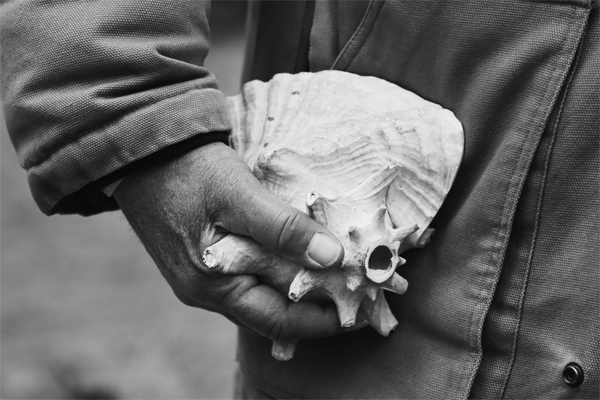
We made it about 1/3 of the way around before we started to stagger along – struggling to keep our eyes open and move forward at a good pace, while becoming more susceptible to mental errors. We decided to sleep on one of the books, expecting that someone would catch up in 15-20 minutes and wake us up from a good nap. Albert arrived within the minute, and we continued on with no sleep. We worked together till about 2/3 of the way through the loop when I looked back and suddenly found myself alone near the top of a climb known as Little Hell.
I expected to have a large enough lead at the end of the loop to be able to take a nap, but as I reached the bottom of the last descent I looked back and saw a headlight starting down behind me. Aurélien Sanchez was moving quickly, and if I wanted to leave first to choose my direction on the last loop, there was no time for rest. I chose clockwise, both because I felt more comfortable with navigation in that direction and because I wanted an experience I had missed out on in my 2017 Barkley finish.
It wasn’t long before the lack of sleep hit me, and I found myself stumbling forward barely able to keep my eyes open. It’s the easy portions of the course where I’m most at risk, my mind deciding that it would be ok to just shut off for a bit. Unfortunately the alarm on the cheap watch I was given for the race didn’t work, and I started improvising ways to get a quick nap without sleeping through the end of the race. I laid down in a cold creek at one point, and at another I poured water on myself before lying down in muddy tire tracks – so far gone that I thought I saw one of my childhood friends out hiking with his family, only to conclude after the race that it surely must have been a hallucination, before reaching out to my friend for the first time in 20 years to find that it had actually happened.
I managed a total of 15 - 20 minutes of sleep, and at that point we were well into the day, I had the finish line within reach, and I was unleashing all the reserves of caffeine that I could safely take. I was determined to not only make it to the finish, but to thoroughly enjoy it. In 2017 it was cold and raining, everything was shrouded by fog, and I was delirious, arriving at the finish dressed in an old winter hat I found on the course and a grocery bag I had tried to make into a poncho.
This time the weather was perfect, and as I went up the final climb I enjoyed a beautiful sunset. It was exactly what I wanted going clockwise. That climb was on Chimney Top, a mountain I have fond memories of climbing as a kid, and that looks down on the small farm where my family has been for 200 years. I gathered my final page at the top and sat to take it in, a four year old version of myself sitting there with my dad decades ago only a few feet away.
My own kids were now with my wife waiting for me at the finish in camp. I started down that last descent, coasting on the longest stretch of actual trail on the entire course. I arrived back at the gate about 19 minutes after Aurélien, savoring every step up through camp to the finish. It was also great to finally get news of other great performances out there, including Jasmin Paris who finished loop 4 over time for the best women’s Barkley result ever.
For over an hour we waited anxiously for Karel Sabbe, who had put tremendous work into progressing at Barkley over the years. The math started running through my head… he has X minutes to finish and we should first see his headlight over there, which is Y minutes away if he runs hard. I can’t imagine what was going through his head on that last descent and up to the gate, where in an incredible moment he finished with under 7 minutes left. Seven seconds per hour slower, 0.19%. That’s all it would have taken for him to not finish.
That’s the nature of grand challenges, and what makes sports so exciting – the unpredictable razor thin margins between success and failure. Without that possibility of failure, an exciting goal becomes nothing more than a mundane task. We do not go to Barkley to suffer; we go for the opportunity to overcome the obstacles that cause it and to push our limits towards improbable success. Yes, those obstacles are contrived and artificial, but most of us are fortunate to live relatively comfortably - basic necessities covered and no daily threats to our lives. Those artificial struggles spur growth and learning in a way that a day at the office just never can do.
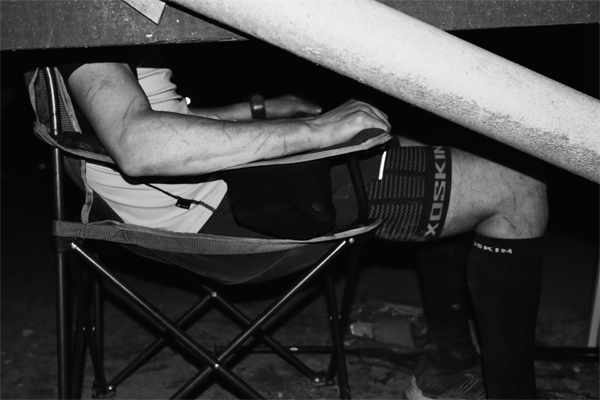
Pursuing these challenges often isn’t possible without others, though, and I’m fortunate to have the support of my wife and family, outstanding crew (2012 finisher John Fegyveresi at Barkley this year), other people out sharing these experiences and providing inspiration, and great companies that I’ve been able to work with over the years on better gear for these adventures.
---
ABOUT THE AUTHOR
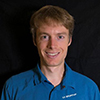
John Kelly is a member of the La Sportiva Mountain Running Team





